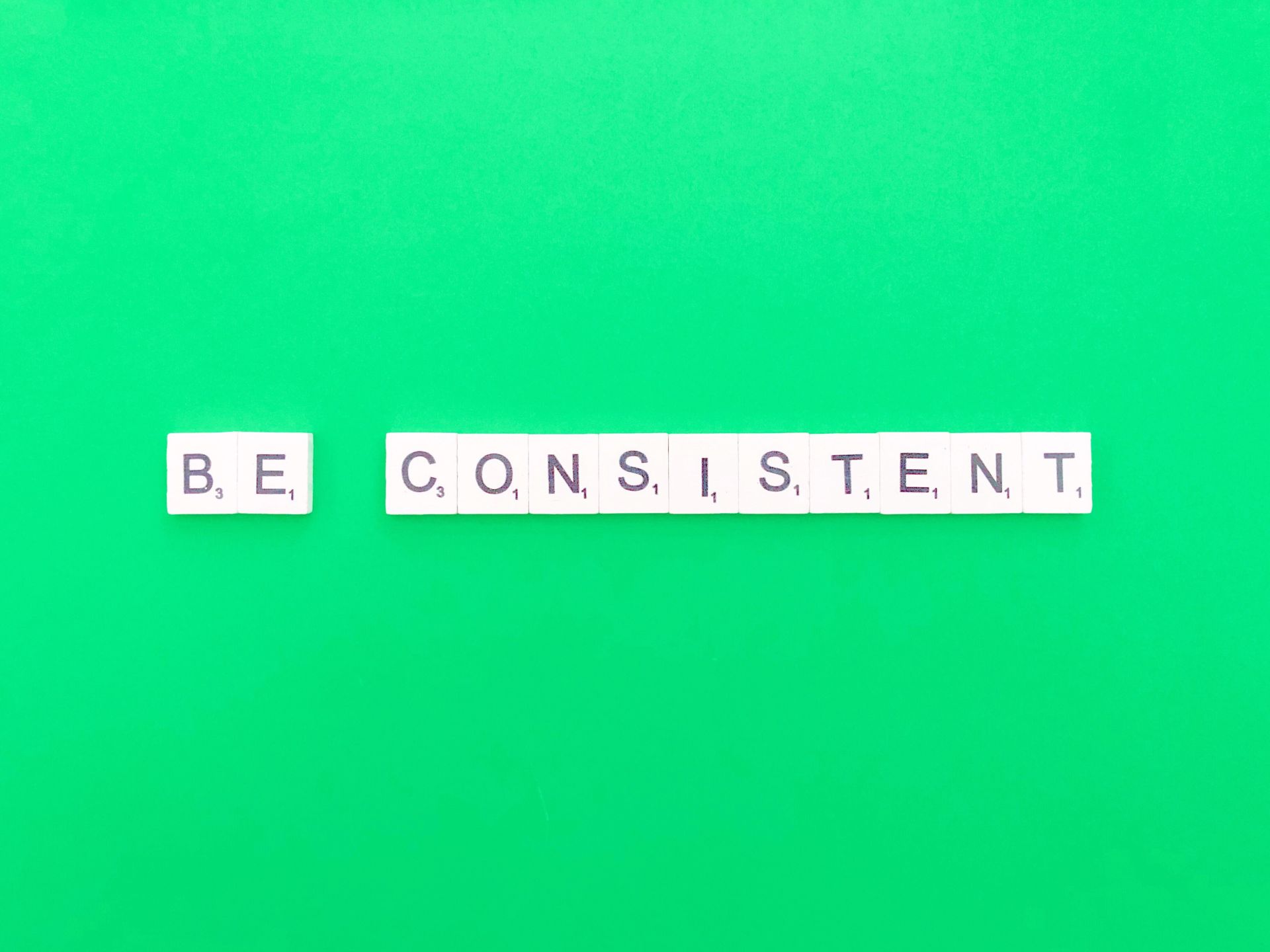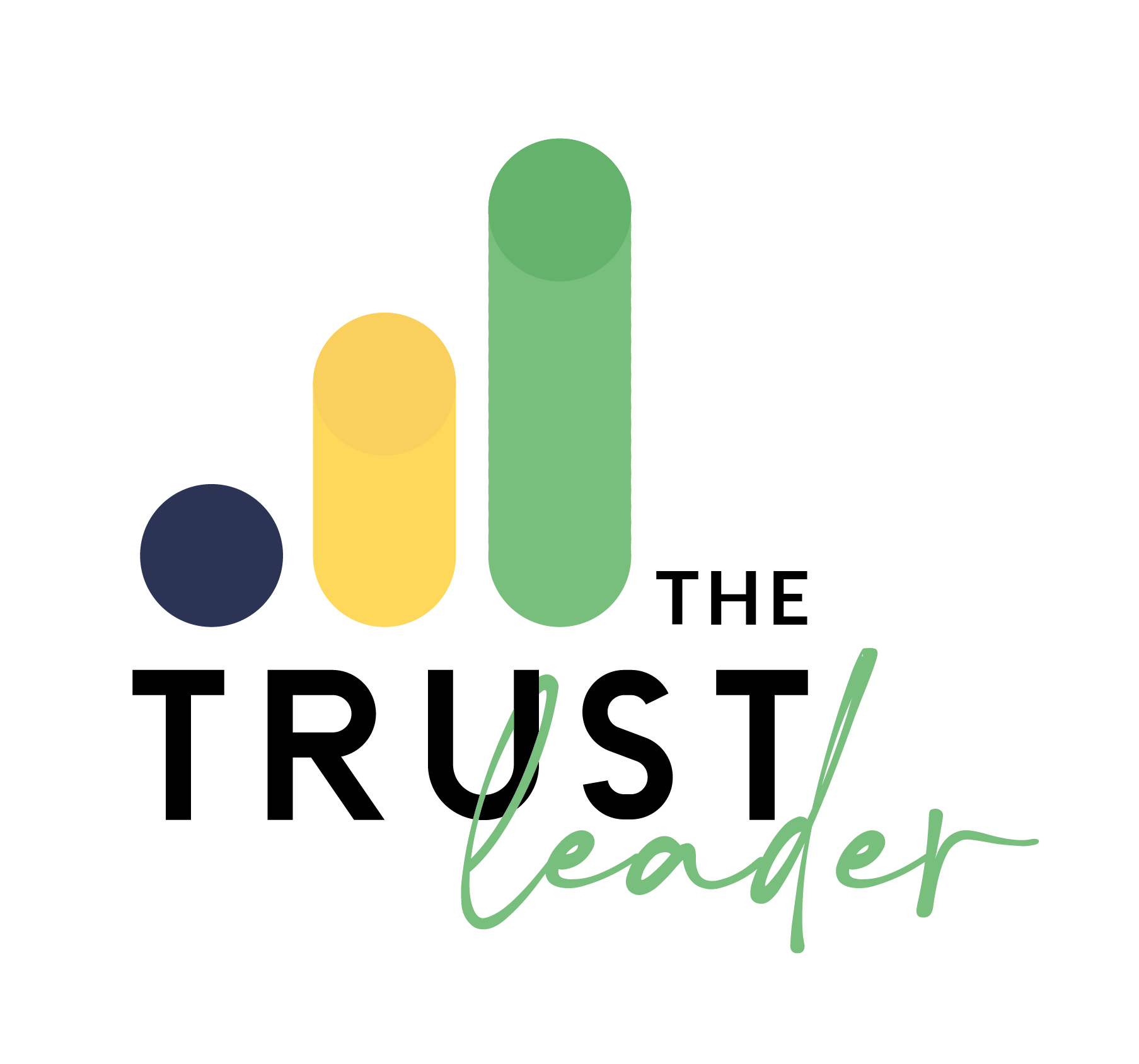Why is trust important?
What is trust?
Believable

Recently the phrase 'Fake News' is being used, and counter allegations made. This creates uncertainty and distrust, as it is difficult to get the facts. Information now, more than ever appears to lack believability. Creating believability is a key dimension of trust.
This is about having something to justify what you are saying. having thoughtful and considered options and not throwing out thoughts on a whim. It is also about saying what you mean and meaning what you say. This gives confidence, as people believe what you say; building trust.
How often have you heard a person say something, and you think to yourself -"I don't believe them." Unfortunately, this lack of believability seems to be growing, with practices such as greenwashing becoming more common.
Here are some actions you can take to help build your believability
This is about having something to justify what you are saying. having thoughtful and considered options and not throwing out thoughts on a whim. It is also about saying what you mean and meaning what you say. This gives confidence, as people believe what you say; building trust.
How often have you heard a person say something, and you think to yourself -"I don't believe them." Unfortunately, this lack of believability seems to be growing, with practices such as greenwashing becoming more common.
Here are some actions you can take to help build your believability
- Have justifications for the opinions you share
- Be open and honest in your communication
- Be transparent in your communication
- Say what you mean and mean what you say
Capable

Confidence that you are capable of delivering what is required provides trust in your capability. If you say you are going to do something, then people must trust that you have the capability to deliver.
There is a saying that goes 'Fake it until you make it.' I am not a fan of this, as I believe it suggests a certain amount of dishonesty in your capabilities. Which risks damaging the level of trust others have in you or your organisation.
It is important to note that you do not need to personally have the capabilities, just have access to them and can deliver.
This is important as business is becoming more complex, it is harder for organisations to deliver on their own. It is becoming increasingly important to have a breath of capabilities that was not required before.
Here are some simple steps you can take to increase the level of trust in your capabilities
There is a saying that goes 'Fake it until you make it.' I am not a fan of this, as I believe it suggests a certain amount of dishonesty in your capabilities. Which risks damaging the level of trust others have in you or your organisation.
It is important to note that you do not need to personally have the capabilities, just have access to them and can deliver.
This is important as business is becoming more complex, it is harder for organisations to deliver on their own. It is becoming increasingly important to have a breath of capabilities that was not required before.
Here are some simple steps you can take to increase the level of trust in your capabilities
- Conduct an audit of the capabilities you need to be able to deliver
- Be willing to be vulnerable to others about your capabilities
- Work at keeping yourself unto date and constantly learn
- Build networks with diverse capabilities and be open to partnerships and collaboration
Reliable

The reliability dimension of trust can be broken into two areas. Firstly, you can be relied upon to deliver on your promises. In other words, there is a correlation between what you say, and what you do.
Secondly it is about consistency. People can rely on how you may act; they are confident they have a good idea what to expect from you.
Reliability of actions can be easy when there are no challenges, it becomes more important when there are dilemmas. Being known for living to a set of principles/values increases trust.
People may not like your decision, but if you are consistent and they are aware of this, then they are more likely to accept it. This helps increase influence as you are seen to be fair in how you make decisions.
Ensure that you are aware of your scope of authority, this ensures that you will promise what you can deliver. Be open about this, and be careful of the language you use. It is easy for you to think you have not given a promise, but the other party to believe you have.
Here are some simple steps you can take to increase the levels in your trust in your reliability
Secondly it is about consistency. People can rely on how you may act; they are confident they have a good idea what to expect from you.
Reliability of actions can be easy when there are no challenges, it becomes more important when there are dilemmas. Being known for living to a set of principles/values increases trust.
People may not like your decision, but if you are consistent and they are aware of this, then they are more likely to accept it. This helps increase influence as you are seen to be fair in how you make decisions.
Ensure that you are aware of your scope of authority, this ensures that you will promise what you can deliver. Be open about this, and be careful of the language you use. It is easy for you to think you have not given a promise, but the other party to believe you have.
Here are some simple steps you can take to increase the levels in your trust in your reliability
- Only deliver what you know you can deliver
- Build contingencies into your agreed deadlines
- Communicate as soon as issues arise
- Develop a set of principles/ values that you apply to all decisions
- Explain the rationale for your decisions
- Manage your emotions so you can respond, rather than react
Emotionally connected

Business often concentrate on transactional relationships. This can build a culture of compliance and generate if-then relationships.
According to a Mckinsey article socio-emotional connections can be the key to retaining talent. This is especially true in hybrid or disperse groups.
Emotional connection is also important for relationships with suppliers, clients and other key external stakeholders. After all, business is personal, and a positive level of emotional connection is important in any healthy relationship.
When I was involved in hostage negotiation training building a level of trust was an important aspect of a successful resolution. Even in these high-stake areas, the importance of moving from a transactional to a more connected relationship was recognised.
Creating a level of emotional connection puts the human element into the relationship. It helps others feel valued, listened to and engaged with what is happening. This is critical for building strong relationships, especially digitally.
Moving away from purely work and task based interactions and getting to know each other a little more builds emotional bonds. I am not saying it is necessary to share everything about yourself (you may well scare people off) just be willing to give something of yourself.
Importantly, encourage others to give something of themselves. And when they do, repeat it, value it, and give it your full attention. Others sharing with you demonstrates a level of trust, make yourself worthy of the gift.
Here are some simple steps you can take to increase the level of trust in your emotional connections.
According to a Mckinsey article socio-emotional connections can be the key to retaining talent. This is especially true in hybrid or disperse groups.
Emotional connection is also important for relationships with suppliers, clients and other key external stakeholders. After all, business is personal, and a positive level of emotional connection is important in any healthy relationship.
When I was involved in hostage negotiation training building a level of trust was an important aspect of a successful resolution. Even in these high-stake areas, the importance of moving from a transactional to a more connected relationship was recognised.
Creating a level of emotional connection puts the human element into the relationship. It helps others feel valued, listened to and engaged with what is happening. This is critical for building strong relationships, especially digitally.
Moving away from purely work and task based interactions and getting to know each other a little more builds emotional bonds. I am not saying it is necessary to share everything about yourself (you may well scare people off) just be willing to give something of yourself.
Importantly, encourage others to give something of themselves. And when they do, repeat it, value it, and give it your full attention. Others sharing with you demonstrates a level of trust, make yourself worthy of the gift.
Here are some simple steps you can take to increase the level of trust in your emotional connections.
- Be willing to share something of yourself
- Ask people how they are and be genuine and attentive
- Create opportunities to share with others
- Be present when others are talking to you
- Respect others views and opinions
- Listen with curiosity and care
Selfless

Motives are an import aspect of trust. If people feel you are working from a position of self-gain, they are less likely to trust and indeed may well resist.
Fairness is an important aspect of human nature, acting from a position of selfishness runs against this.
In his book Give and Take Adam Grant identifies that those who give will often outperform those that take.
Being able to give, without expectation of return, or looking for at least win/win outcomes builds trust as people believe you are trying to do the best for them too, therefore there is less risk.
Consistently acting in a way, and proposing ideas that are mutually beneficially at least give confidence to others. They are less sceptical about why you are it, and they are less likely to look for ulterior motives.
As an example, a Prison wanted to introduce a flexible working pattern, which allowed employees to have more control over the times they worked.
I was working in a Prison that was using this system, and it was a roaring success. I was asked to visit and talk about how the system was working and do a Q&A session. Even with all the positive information and evidence that it was beneficial, the employees refused to accept the new system.
The reason for the employees not wanting the system is that they believed the leadership team had a hidden agenda. They did not feel that the managers were acting in good faith.
This shows that even though you believe something will help you, if you believe there is an ulterior motive you are likely to resist or reject the request. The perception of motive has a huge impact on the levels of trust
Here are some simple steps you can take to increase the levels of trust in your selflessness
Fairness is an important aspect of human nature, acting from a position of selfishness runs against this.
In his book Give and Take Adam Grant identifies that those who give will often outperform those that take.
Being able to give, without expectation of return, or looking for at least win/win outcomes builds trust as people believe you are trying to do the best for them too, therefore there is less risk.
Consistently acting in a way, and proposing ideas that are mutually beneficially at least give confidence to others. They are less sceptical about why you are it, and they are less likely to look for ulterior motives.
As an example, a Prison wanted to introduce a flexible working pattern, which allowed employees to have more control over the times they worked.
I was working in a Prison that was using this system, and it was a roaring success. I was asked to visit and talk about how the system was working and do a Q&A session. Even with all the positive information and evidence that it was beneficial, the employees refused to accept the new system.
The reason for the employees not wanting the system is that they believed the leadership team had a hidden agenda. They did not feel that the managers were acting in good faith.
This shows that even though you believe something will help you, if you believe there is an ulterior motive you are likely to resist or reject the request. The perception of motive has a huge impact on the levels of trust
Here are some simple steps you can take to increase the levels of trust in your selflessness
- Use inclusive language
- Give credit to others
- Give, even small things without expectation of return
- Identify gains from the perspective of others and be able to demonstrate them
- Ensure mutually beneficial gains wherever possible

